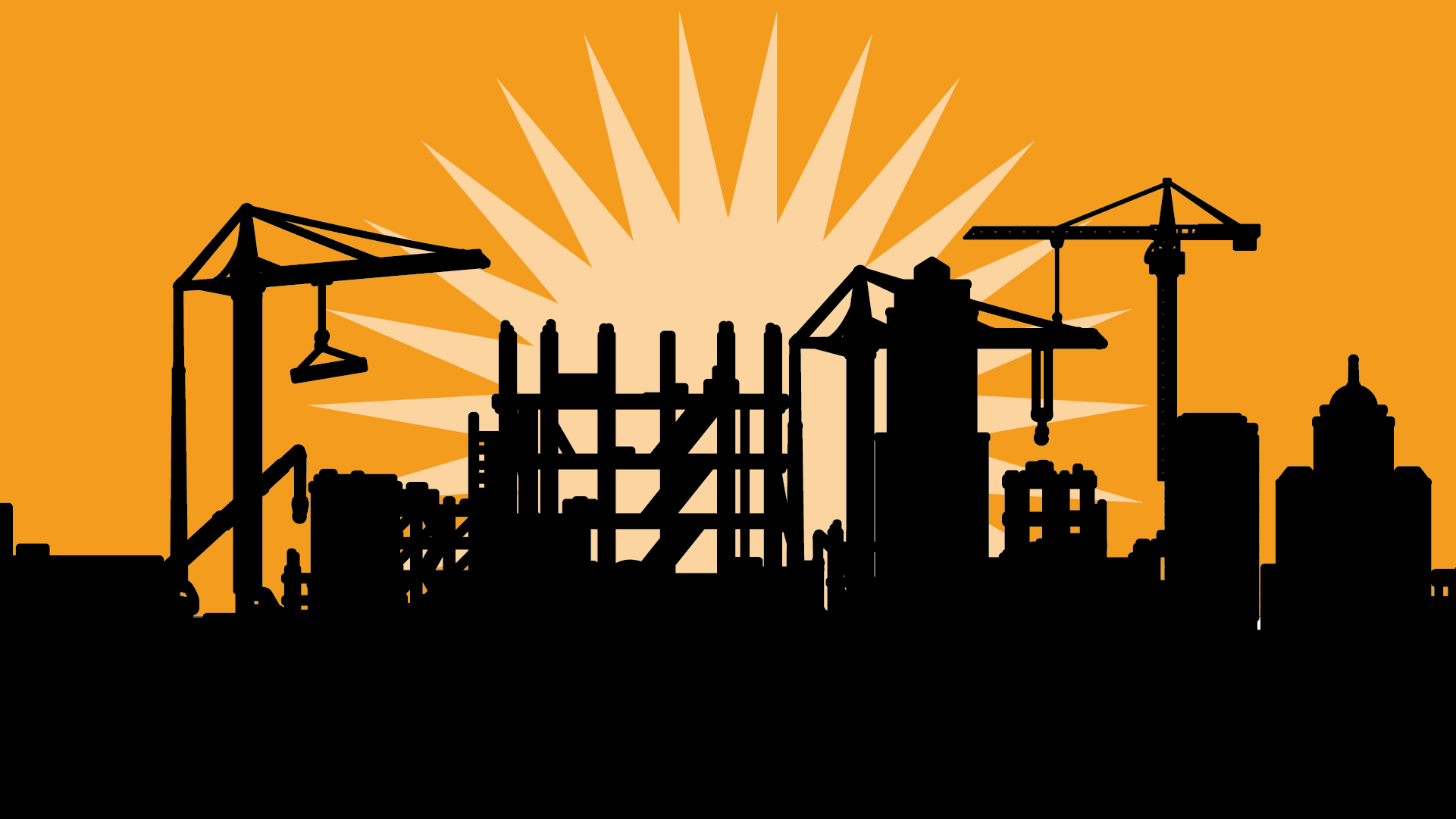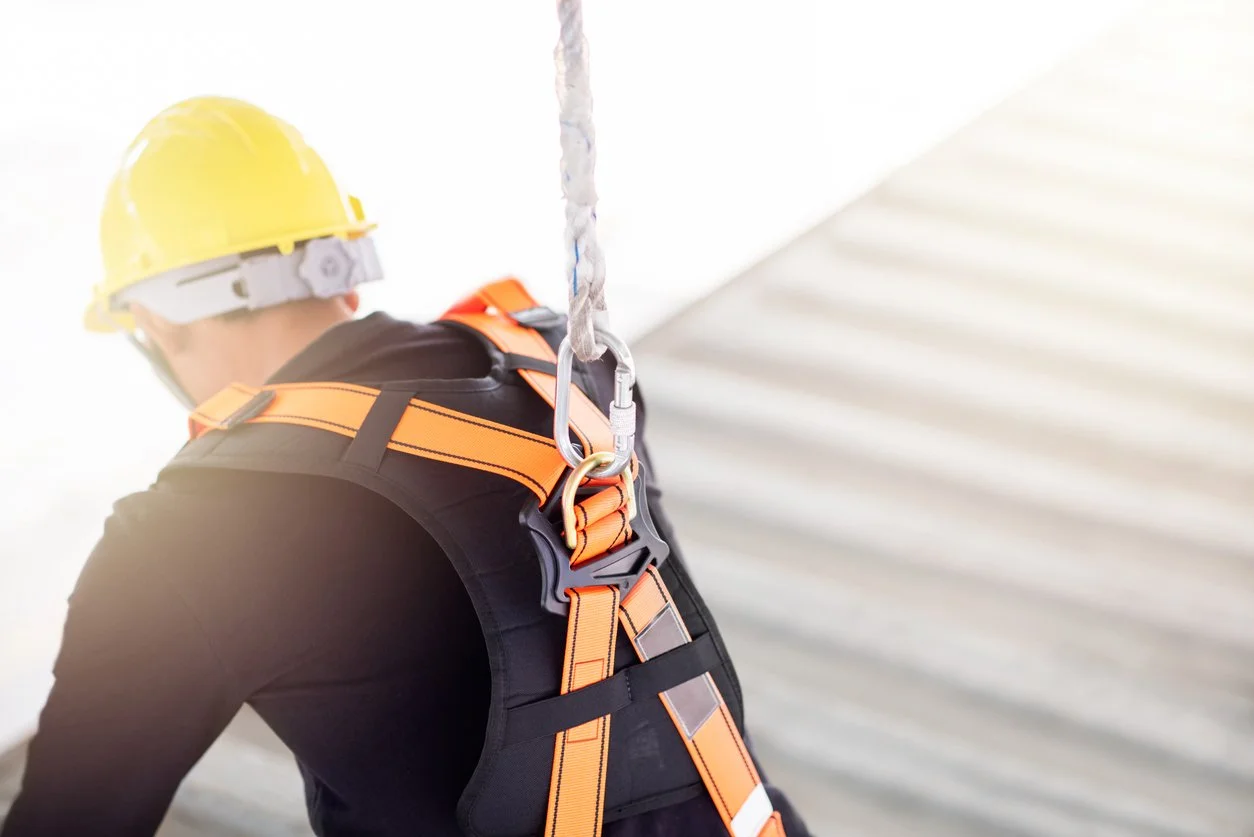
Toolbox Talks
Toolbox Talks safety briefings are an easy and efficient way to keep construction employees safe.
New Toolbox Talks Portal
🛠️
New Toolbox Talks Portal 🛠️
We’ve launched a NEW Toolbox Talks portal where you can access over 125 safety briefings that have been updated since 2023!
As development continues on the new portal, we will continue to host the older versions of the talks on this page as an archive.
What are Toolbox Talks?
These brief meetings offer an opportunity for team members to learn about potential hazards and preventive measures, as well as a chance for the employer to review safety regulations. They are a great way to ensure that everyone is aware of the safety protocols that must be adhered to in order to prevent accidents and injuries on the job site.
Each toolbox talk has been reviewed and approved by a subject matter expert at L&I DOSH.
Search Toolbox Talks
Type a search term in the search box below to view English toolbox talks that match your search query. Or, use the category dropdown to view related talks.
Funding and support for the Toolbox Talks project and mobile apps has been provided by the State of Washington, Department of Labor & Industries, Safety & Health Investment Project.
Excavations and Trenches
Date Posted: 05/29/2024
WAC 296-155-650 defines an excavation as “Any person-made cut, cavity, trench, or depression in the earth's surface, formed by earth removal.” A trench is “A narrow excavation in relation to its length made below the surface of the ground.
Extension Ladder Safety
Date Posted: 05/11/2024
Although one of the most common tools used on a construction site, extension ladders can lead to severe injuries or even fatal incidents if improperly used. Ladders are involved in 20 percent of fall injuries among workers and 81 percent of construction worker fall injuries.
Choosing the Best Fall Protection
Date Posted: 01/27/2024
According to the WA Department of Labor and Industries, Falls account for more than 1/3 of all fatalities in Construction in WA State. (36% between 2018-2022 Labor and Industries). In 2020, nationally, there were 351 fatal falls to a lower level out of 1,008 construction fatalities (BLS data). These fatalities are preventable.
Harness Inspection
Date Posted: 04/21/2020
Safety harnesses are a crucial part of equipment. Harnesses keep workers safe from fall related injuries, which are the number one cause of jobsite accidents. Keeping your equipment inspected and in working order is the single most important factor for safety. Here are some tips which will help.
SRL Usage
Date Posted: 04/21/2020
SRL or Self-retracting lanyard/lifelines are extremely important devices for workers in elevated workspaces where mobility and fall protection are required. SRL fall arrest system can save lives but can also be dangerous when not used properly. Here are some tips which will help.
Aerial Lift Safety
Date Posted: 05/31/2024
According to OSHA, an aerial lift is any vehicle-mounted device used to elevate personnel, including: Extendable boom platforms, Aerial ladders, Articulating (jointed) boom platforms, Vertical towers, Any combination of the above.
Bucket Trucks
Date Posted: 09/23/2016
According to Occupational Safety and Health Administration (OSHA) statistics, some 30 workers die each year from using aerial lifts.
Cool Roofing
Date Posted: 09/19/2016
All employees working on the roof should be tied off unless additional safety features such as a guardrail have been put into place.
Extension Ladder Safety
Date Posted: 09/15/2016
Ladders are probably the most used and misused piece of access and egress equipment and their usage accounts for a large percentage of accidents. Keep attention to details when working with ladders. Ensure that you choose a ladder that is tall enough for you to safely access your work area or reach your task. The ladder must also be strong enough to support you and your tools, and suitable for your work environment.
Fall Protection
Date Posted: 09/15/2016
Falls are the most frequent cause of fatalities in construction and annually account for one of every three construction-related deaths. Fall protection trigger heights will vary depending on the task being performed. The “trigger height” is the minimum height at which fall protection is required. Know the trigger heights for your work and use fall protection as required.
How Long Does it Take to Fall?
Date Posted: 09/08/2016
Occupational health and safety regulations require workers to use a fall protection system:
Inspection of Fall Protection Equipment
Date Posted: 09/07/2016
It is vital to inspect your Personal Fall Arrest System (PFAS), Personal Fall Restraint System (PFRS), or Positioning Device System (PDS) in order to ensure that it is not defective.
Ladder Safety
Date Posted: 09/07/2016
Every year, many workers in Washington State are seriously injured from falling off ladders in their workplace. These injuries include dislocated limbs, broken bones, head injuries and even death from their injuries.
Scaffold Safety
Date Posted: 08/27/2016
Every year nearly 100 fatalities and 10,000 injuries occur on scaffolding across the country, despite numerous safety regulations aimed to prevent such incidents. There are a number of different scaffold types, having different rules and regulations surrounding their assembly, fall prevention requirements, and inspection procedures.
Swing Fall Hazards
Date Posted: 05/30/2024
A swing fall is a pendulum-like motion that occurs when a worker moves horizontally away from their anchor point and then falls. The Occupational Safety and Health Administration (OSHA) defines “swing fall” as the following: “The swing fall hazard is created by the pendulum effect, which can swing a fallen worker into a nearby surface, such as a wall or protruding beam.
Download the FREE
Toolbox Talks App!
Discover, discuss, and document over 150 Toolbox Talks! The Toolbox Talks app makes it simple to find safety talks for both construction and marine industries in English, Spanish, and Russian. Find a talk to review, then document your safety briefing with a signature capture form that generates a PDF of the meeting details that you can email or save to your device.
Funding and support for the Toolbox Talks project and mobile apps has been provided by the State of Washington, Department of Labor & Industries, Safety & Health Investment Project.























